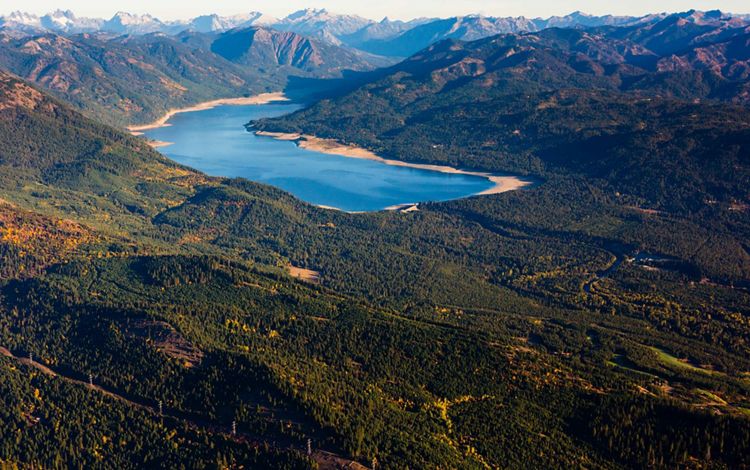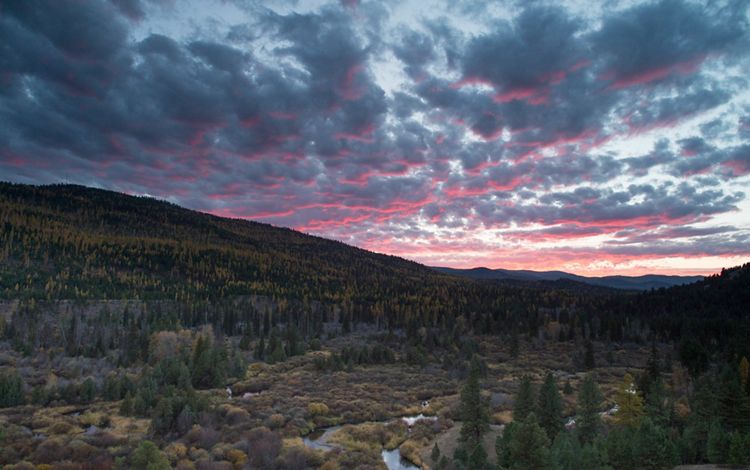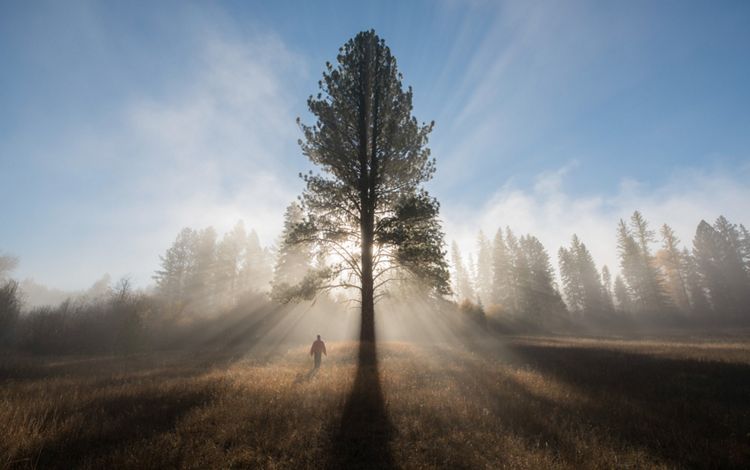Forests and Carbon
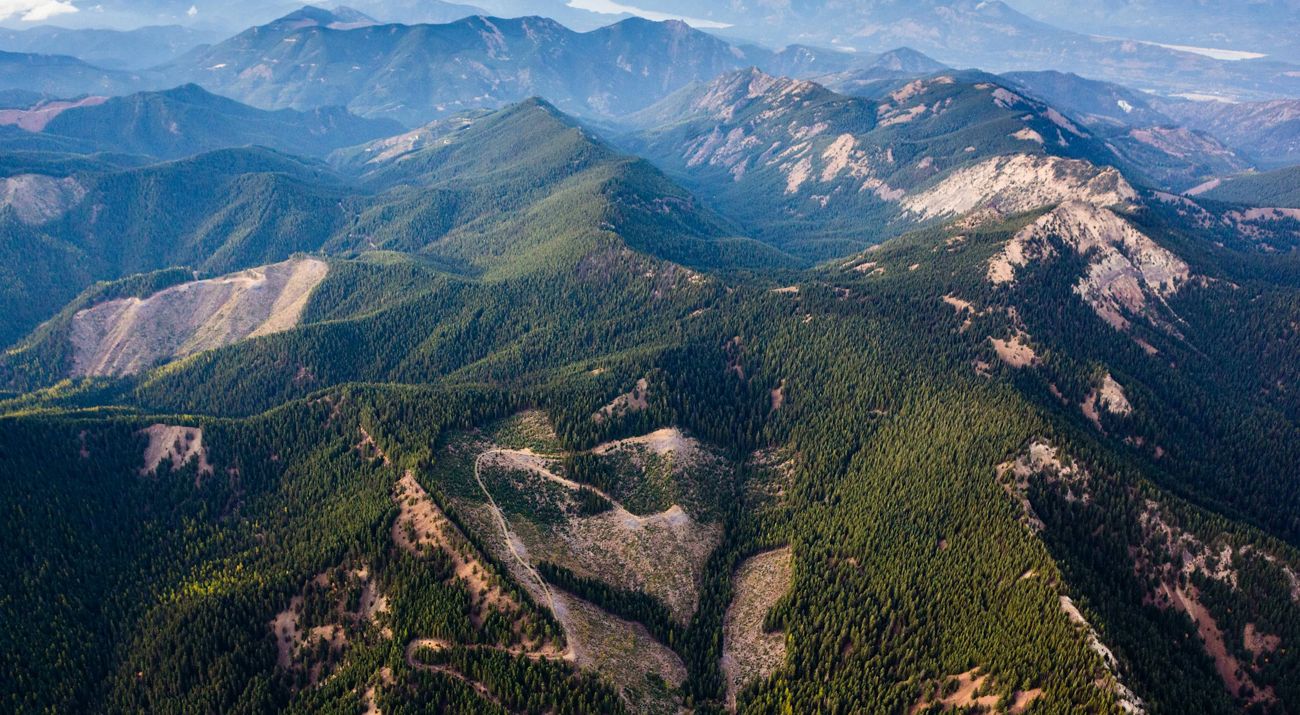
Forests & Carbon
The Nature Conservancy works to conserve land at an unprecedented scale in a way that benefits people, nature and the climate. Operating at the intersection of global development and environmental challenges, the Conservancy protects critically important habitats, transforms how we use our timberlands and inspires better land-use practices around the world.
For the Conservancy, land conservation is its legacy and its future. Today, it is about transforming land-use practices and finding a better development trajectory for all. Expanding on the Conservancy’s 60 years of experience in land conservation, NatureVest seeks to transform how we protect working landscapes including timberlands and other working lands, and address a changing climate.
NatureVest has developed investment models that aggregate multiple revenue streams including sustainable timber harvests, recreational leases carbon credits and usage fees among others, while also developing new sources of revenue including renewable energy installations. By capturing cash flows from the sustainable use of these landscapes, we are able to tap into private investment capital to create both conservation and financial outcomes.
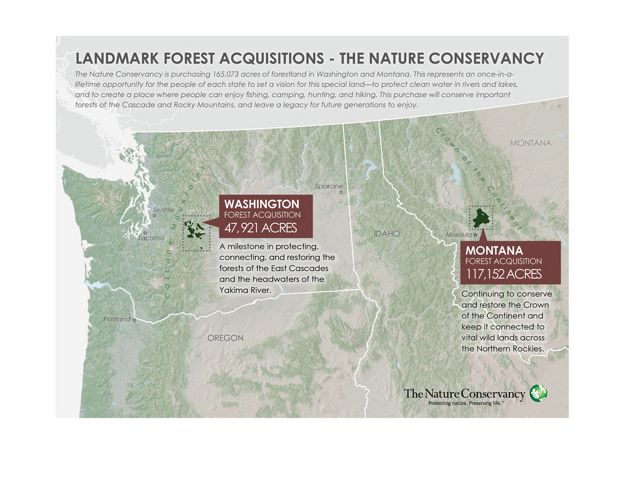
Great Western Checkerboards
In 2014, The Nature Conservancy initiated a collaborative conservation project, called the Great Western Checkerboard Project, to preserve recreational access and help conserve the ecological integrity of 165,073 acres (257 square miles) of forests, rivers and wildlife habitat in the eastern Cascade Mountain Range of Washington and in the Blackfoot River Valley in Montana. Through NatureVest, the Conservancy is using interim financing to acquire the lands from the Plum Creek Timber Company, including 47,921 acres in the Yakima River Headwaters in Washington and 117,152 acres in the Lower Blackfoot River Watershed in Montana.
In an effort to entice the railway companies west, the U.S. Congress passed an act in 1862 giving away every other section (one square mile) of land within 10-40 miles of the proposed railroad to the Great Northern and Northern Pacific Railroads, while the federal government retained the neighboring sections. As a result of this history, there are vast stretches of western land that are broken into a checkerboard pattern of public and private ownership. This makes the management of the intermingled public land more difficult and costly.
Quote: Addrien Marx
"For the first time in thirty plus years of choosing this place as my home, I am confident that my grandchildren will have a solid opportunity to see a grizzly or a mountain lion, hunt elk, or work in the local timber industry."
To remedy this, the Great Western Checkerboards project is stitching together important migratory corridors in Montana and Washington states that link up through Canada.
The Montana portion of this project protects ecologically important lands in the state’s storied Blackfoot River Valley, a place known for its vast forests, blue ribbon trout rivers and multi-generation family ranches.
The Montana lands are among the largest and most ecologically important tracts of private land in the Crown of the Continent. The project ensures that the Crown’s grand mosaic will be conserved, securing this place as a hub for wide-ranging wildlife, such as grizzly bears, lynx and wolves—whose survival depends on the ability to move, unobstructed, across hundreds of miles of wild lands in Montana, Idaho and into Canada.
In Washington, the Cascade forests span rugged and beautiful country, home to elk, wolves, spotted owls and other raptors. These lands and waters create an outdoor “playground” that’s been popular with visitors from around the world for generations, and which serves as an economic base for many of the surrounding communities.
The Checkerboards project was made possible through lead interim financing from the Wyss Foundation, additional financing from the David and Lucile Packard Foundation, a grant from the William and Flora Hewlett Foundation and donations from many other supporters in Washington and Montana.
